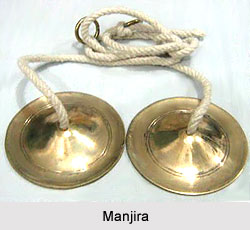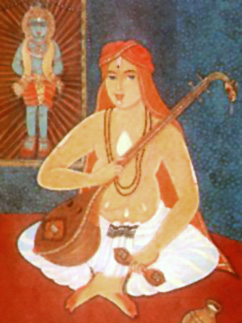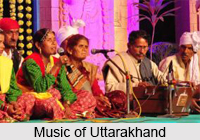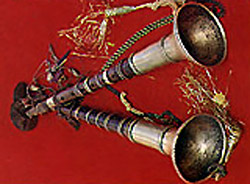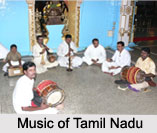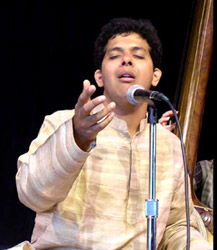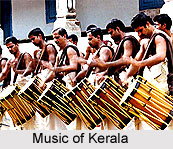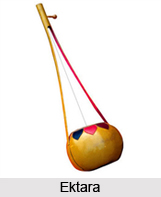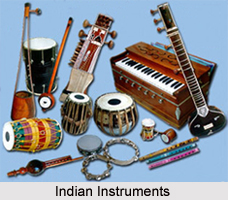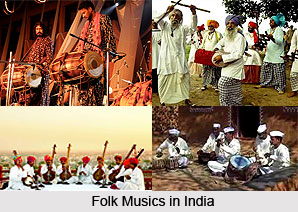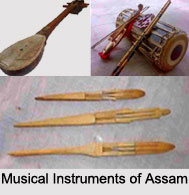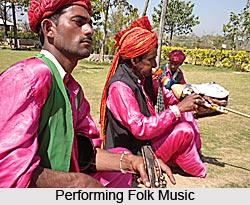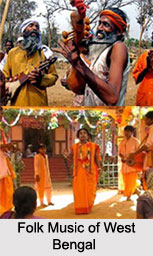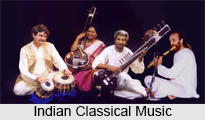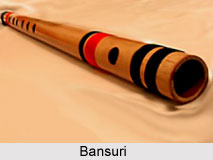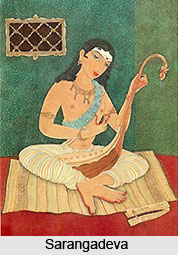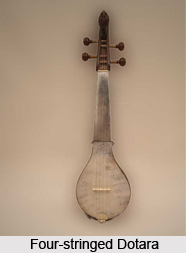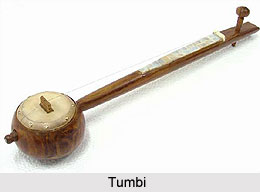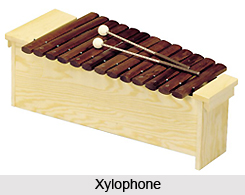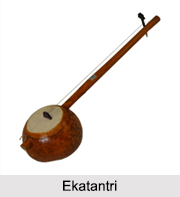 Ekatantri, also referred to by Bharata as the Ghoshaka, is one of the most ancient string instruments of India. It is like a one-stringed tubular zither which succeeded the Alapina Veena. The instrument finds extensive depiction in ancient Indian sculptures as well as the literary works. Prominent examples of these include the Nanyadeva`s Sarasvati Hridyalankara (eleventh century) which refers to it as the Brahma-Veena, Haripala`s, Sangeeta Sudhakara (twelfth century) and Sarangadeva`s Sangita-Ratnakara (thirteenth century). As Nanyadeva remarks, the minutest Sruti differences can be obtained on this instrument and "Goddess Saraswati herself dwells in the Ekatantri". Sarangadeva calls it the original Veena. These remarks are significant, for they indicate the emergence of the drone and the fingerboard instruments.
Ekatantri, also referred to by Bharata as the Ghoshaka, is one of the most ancient string instruments of India. It is like a one-stringed tubular zither which succeeded the Alapina Veena. The instrument finds extensive depiction in ancient Indian sculptures as well as the literary works. Prominent examples of these include the Nanyadeva`s Sarasvati Hridyalankara (eleventh century) which refers to it as the Brahma-Veena, Haripala`s, Sangeeta Sudhakara (twelfth century) and Sarangadeva`s Sangita-Ratnakara (thirteenth century). As Nanyadeva remarks, the minutest Sruti differences can be obtained on this instrument and "Goddess Saraswati herself dwells in the Ekatantri". Sarangadeva calls it the original Veena. These remarks are significant, for they indicate the emergence of the drone and the fingerboard instruments.
Structure of Ekatantri
The Ekatantri was a long bamboo tube on which was tied a single string, and hence the name. It had a single gourd resonator. The bridge seems to have been wide and here we meet the early use of the Jeeva, so common in the modern Tambura. The gourd was held against the chest and the string was plucked at the lower end. The melody was produced by moving a short bamboo piece, Kamrika, on the string. Obviously fine pitch changes were produced by sliding the Kamrika and/or altering its pressure on the string. Variations in pitch were obtained by descending a little wooden rod, held in the left hand of the musician, along the gut string. It is evident that the Ekatantri evolved out of instruments like the Gintarg and later developed into the Vichitra Veena and the Gottu Vadyam of today.
The Ekatantri Veena was held in great importance till the end of the 18th century. Due to the technique of its playing, it was the ideal instrument used for Alaap.
This article is a stub. You can enrich by adding more information to it. Send your Write Up to content@indianetzone.com
